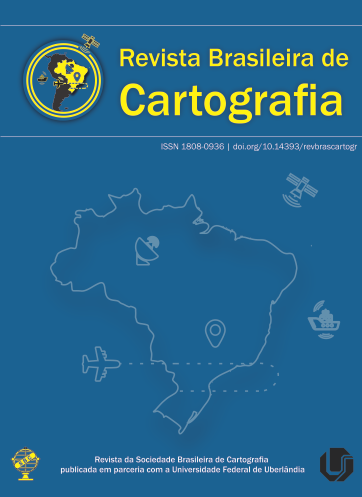3D Printing in Cartographic Applications
Main Article Content
Abstract
3D printing technology has revolutionized many design practices with the possibility of generating perfectly functional prototypes or parts in many areas of knowledge, such as Cartography. Different types of cartographic products made by these productive methods can be found in the literature. However, a very small number of researches address the scientific question of what this 3D cartographic production process really works in terms of cartographic communication, nor is it discussed about this new way of approaching tangible cartographic products. This article presents the concepts of 3D printing applied to Cartography and theoretical-conceptual examples on the use of three-dimensional modeling combined with additive manufacturing in the generation of cartographic products. The advantages of 3D printing are presented, such as visualization, production time, use of different materials for various products, which were previously difficult to produce, in addition to the possibility of generating new forms of representation. Elements that still need further research are highlighted, such as symbolization, generalization applied to three-dimensional geometric models, the use of colors in 3D printing and texts and toponyms.
Downloads
Metrics
Article Details
Authors who publish in this journal agree to the following terms:
- Authors retain copyright and grant the journal right of first publication with the work simultaneously licensed under a Creative Commons Attribution License that allows others to share the work with an acknowledgment of the work's authorship and initial publication in this journal.
- Authors can enter into separate, additional contractual arrangements for the non-exclusive distribution of the journal's published version of the work (e.g., post it to an institutional repository or publish it in a book), with an acknowledgment of its initial publication in this journal.
- Authors are permitted and encouraged to post their work online (e.g., in institutional repositories or on their website) before and during the submission process, as it can lead to productive exchanges, as well as earlier and greater citation of published work (see "The Effect of Open Access").





